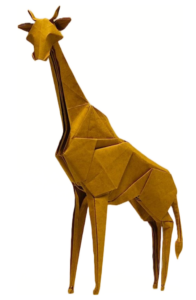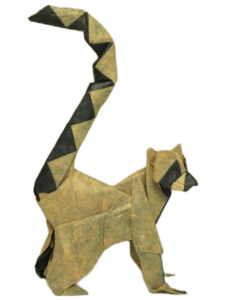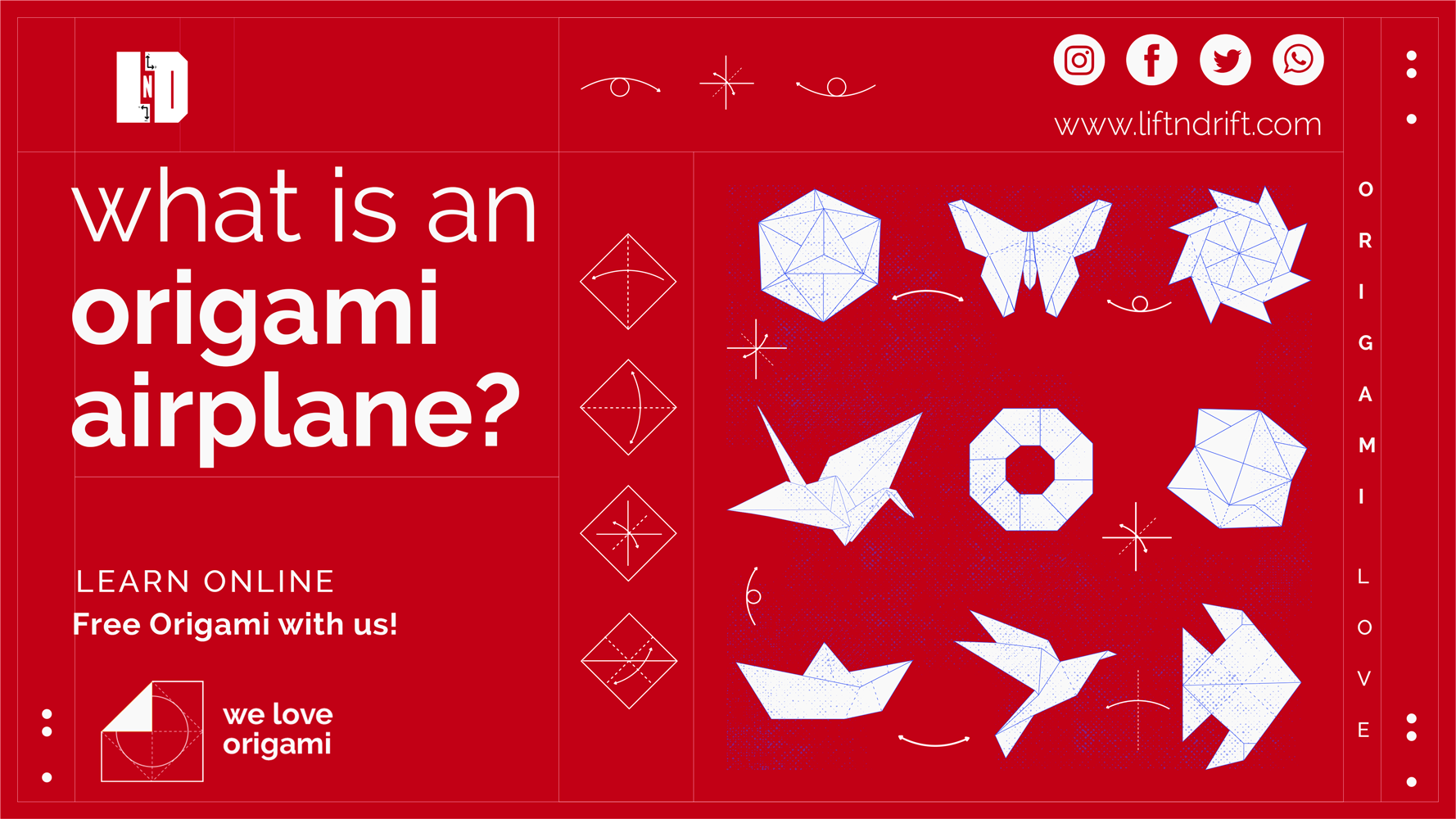An origami airplane is a paper model that is folded using the traditional Japanese art of origami. Origami is the practice of folding paper into a variety of decorative and functional shapes without cutting or gluing. An origami airplane is created by folding a single sheet of paper into a flying shape, such as a traditional paper airplane. Origami airplanes can be folded using a variety of techniques and can be designed to mimic real-life airplane shapes or to create unique and creative designs. Some origami airplanes are designed to fly, while others are created as decorative pieces. The process of folding an origami airplane typically begins with a square sheet of paper. The paper is then folded and manipulated using a combination of basic origami techniques such as folding, creasing, and manipulating the paper to create the desired shape. Origami airplanes are a fun and creative way to explore the principles of aerodynamics and engineering and can be enjoyed by people of all ages. They are often used as educational tools to teach children about the science of flight, and can also be used in competitions to measure the distance and duration of the flight. An origami airplane is a paper model created by folding a single sheet of paper into a flying shape using the traditional Japanese art of origami. It can be functional or decorative and can be folded using a variety of techniques.
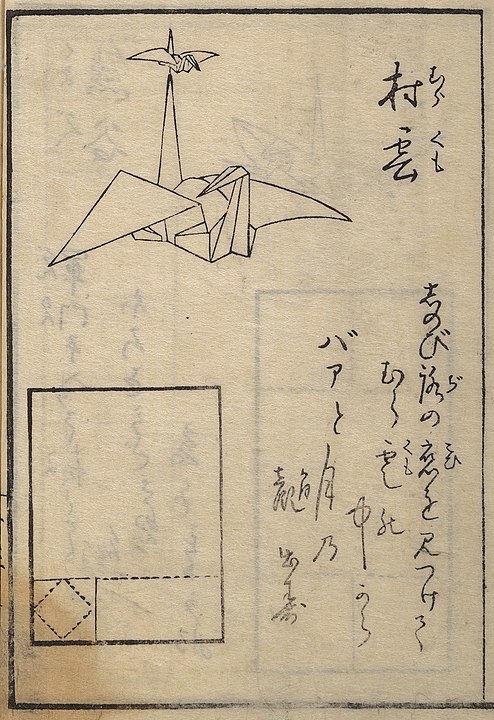
Invention of Origami
Origami is a traditional Japanese art of paper folding that has been practiced for centuries. The origins of origami can be traced back to ancient China, where the paper was first invented, but it was in Japan that the art form evolved and developed. The word “origami” is derived from the Japanese words “Ori” (to fold) and “kami” (paper) and was first used in the early 20th century. It is difficult to attribute the invention of origami to a single person or culture, as the practice of folding paper has been around for centuries. The earliest known examples of origami-like paper folding are from ancient China and Egypt, where papyrus and other types of paper were folded into decorative shapes. However, the earliest known examples of paper folding in Japan are from the Edo period (1603-1868). During this period, paper folding became popular as a way to create a wide range of decorative and functional shapes, including dolls, animals, and religious figures. It’s also worth noting that origami has been developed by many people over the centuries, and some renowned origami artists of the past and present have made significant contributions to the art form. They developed new techniques, created new designs, and helped to spread the popularity of origami. In summary, origami is an ancient art form that has been practiced for centuries. While it is not possible to attribute the invention of origami to a single person or culture, the art of paper folding was developed and evolved in Japan, specifically during the Edo period.
Difference between origami airplanes and paper airplanes
An origami airplane and a paper airplane are similar in that they are both models made from folded paper, but there are some key differences between the two.
- Techniques and method: A paper airplane is typically folded using simple techniques, such as folding and creasing, to create a flying shape. An origami airplane, on the other hand, is folded using the traditional Japanese art of origami, which involves a wide range of techniques and methods, such as folding, creasing, and manipulating the paper to create a specific design.
- Purpose: The main purpose of a paper airplane is to fly, while the main purpose of an origami airplane is to create a decorative or functional model using the techniques of origami.
- Design: A paper airplane is typically folded into a symmetrical flying shape, such as a traditional dart or glider design. An origami airplane, on the other hand, can be folded into a wide range of designs, from realistic models of airplanes to abstract and creative designs.
- Complexity: Paper airplanes are generally considered to be simple and easy to make, while origami airplanes can be more complex and require more skill and experience to create.
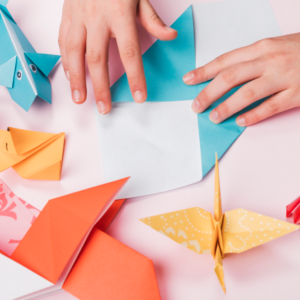
While both origami airplanes and paper airplanes are made from folded paper, they are different in terms of techniques, purpose, design, and complexity. Paper airplanes are simple folded designs meant to fly, while origami airplanes are folded using the traditional Japanese art of origami and can be decorative or functional models.
Origami airplane vs modern paper airplane which is the complicated
In general, modern paper airplanes are considered to be simpler and easier to make compared to origami airplanes.
- Paper airplane folding Techniques: paper airplanes are typically folded using simple techniques such as folding, creasing, and gluing, while origami airplanes are folded using the traditional Japanese art of origami, which involves a wide range of techniques and methods. Some of these methods can be quite complex, such as wet folding, and multiple steps folding that require more skill and experience to master.
- Design: Modern paper airplanes are typically folded into a symmetrical flying shape, such as a traditional dart or glider design. These designs are simple and easy to replicate. Origami airplanes, on the other hand, can be folded into a wide range of designs, from realistic models of airplanes to abstract and creative designs. These designs can be more complex and require more skill and experience to create.
- Experience: Even for basic origami designs, some experience with origami is necessary to create a successful model. While paper airplanes can be folded by anyone with basic knowledge of folding, origami airplanes require more skill and experience to create.
- Materials: Modern paper airplanes are generally made from regular paper and sometimes require glues, tape, or small weights to create a stable flight. Origami airplanes can be made from various types of paper, including traditional origami paper, and they don’t require any glue or tape.
In summary, while both origami airplanes and modern paper airplanes are made from folded paper, origami airplanes are generally considered to be more complex and require more skill and experience to create, while modern paper airplanes are simple and easy to make.
How easy is it to learn origami on your own
Learning origami on your own can be a fun and rewarding experience. The level of difficulty will depend on the complexity of the design and the individual’s level of experience.
- Basics: The basic principles of origami are relatively simple and easy to learn. With some practice, you can learn how to fold simple shapes such as cranes, boxes, and flowers. There are many resources available such as instructional videos, diagrams, and images that can help you learn the basics of origami.
- Intermediate: Once you have a good grasp of the basic techniques, you can start to learn more complex designs and models. These designs will require more skill and experience, but with practice, you will be able to create more intricate and detailed models.
- Advance: Origami designs can become increasingly complex and challenging as one progresses. These designs often require a lot of skill and patience to complete and may take hours or even days to finish.
- Practice: The key to learning origami is practice. The more you practice, the more you will improve your skills and be able to create more complex designs.
- Resources: There are many resources available online to help you learn origami. Websites, books, videos, and communities can provide you with instructions, diagrams, and tips for folding various designs.
